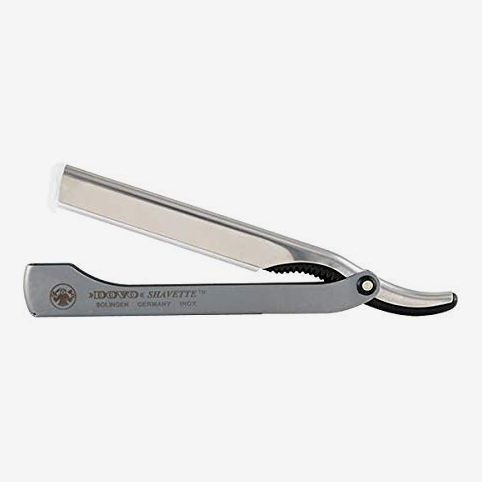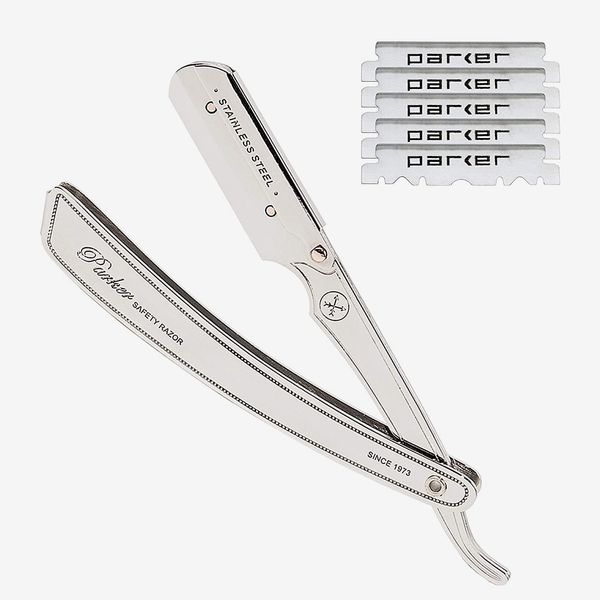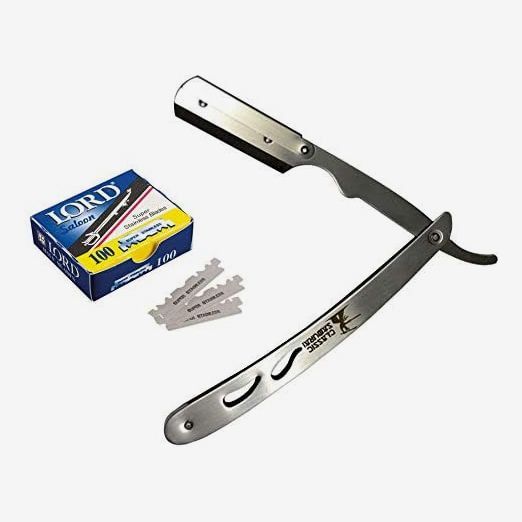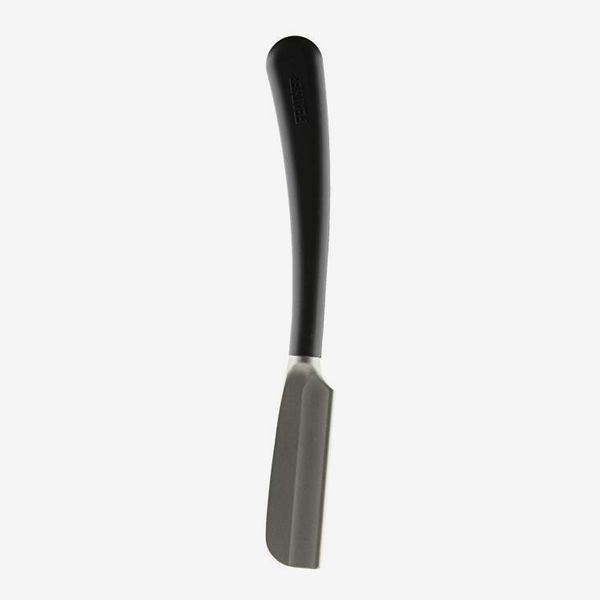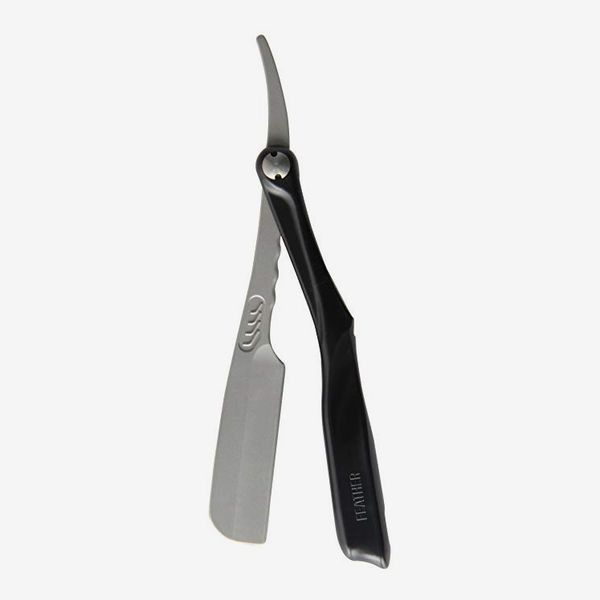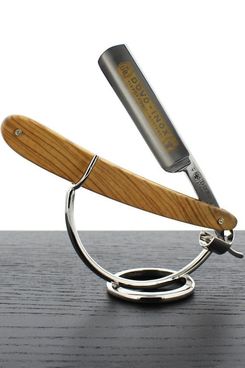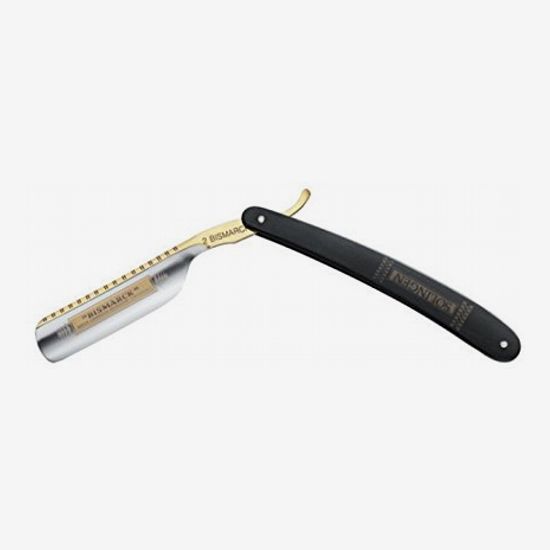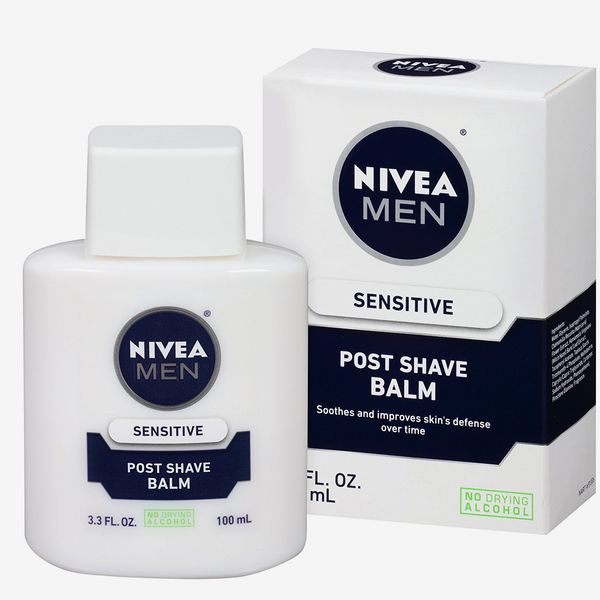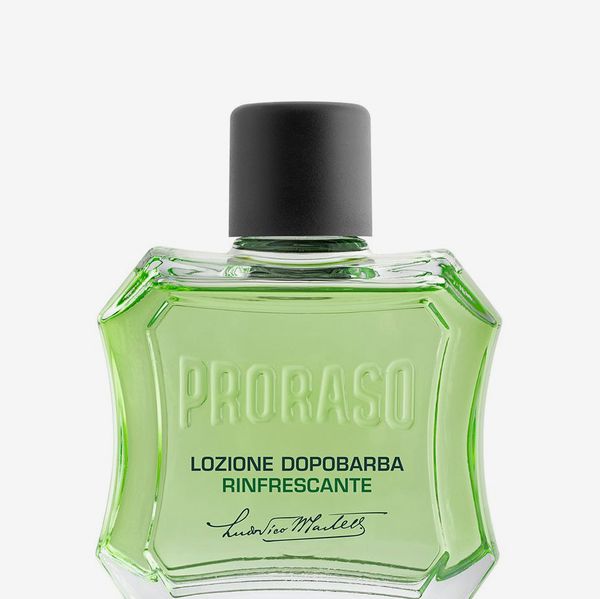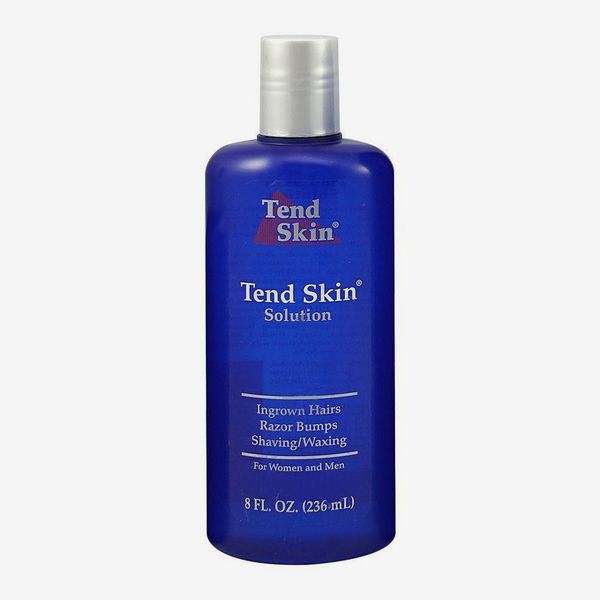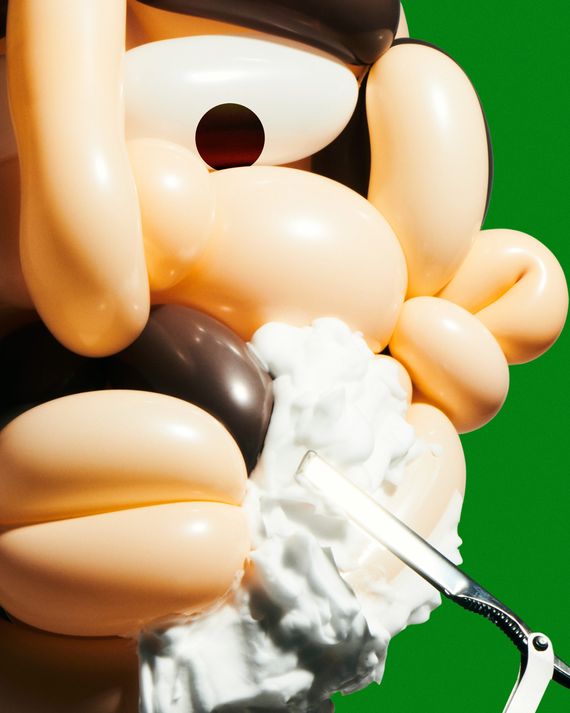
In this article
Straight-razor shaving may seem like more trouble than it’s worth, but it’s actually a surprisingly practical option, according to seven barbers I interviewed. That’s because straight razors give you complete control over a blade while safety razors offer only partial control (and cartridge razors offer no control at all). This level of control means that straight razors are especially great for shaping and edging beards, explains master barber Angelo Ruscetta, because “you can see and control exactly where you’re cutting.” I talked to Ruscetta, and six other barbers and grooming experts to find the best straight razors for all hair types. And then, as I can’t grow a beard of my own, I enlisted the help of some willing testers to trial the products recommended.
It takes a little time to become accustomed to the technique of using a straight razor, especially if you’re starting from scratch. Master stylist Yvey Valcin and master barber Julien Howard suggest trying a classic barber-school training exercise before putting the blade to your actual face: Inflate a balloon, cover it with shaving cream, and “shave” the cream off with the razor. “If you pop the balloon, you’re probably going to cut yourself,” Howard says. Practice until no more balloons are harmed, which Valcin says can take around three months.
What we’re looking for
Traditional versus shavette
For hygienic reasons, barbers have to switch blades for each new client, so they will rarely use traditional straight razors with one fixed blade. Instead, they’ll use a “shavette,” which is basically a blade-holder that accommodates a disposable, single-edge metal blade; Ruscetta will often recommend shavettes to beginners. A shavette still offers the same quality of shave as a traditional straight razor and is actually lower maintenance since the disposable blades don’t need to be sharpened. You have to replace the blade, but the up-front cost of shavettes is relatively low, and their refill blades are pretty cheap (a box of 100 will cost $5 to $6 on average).
If your heart is set on a traditional straight razor, though, I’ve included a few options. You won’t need to buy refill blades for these razors, but you will have to get them professionally sharpened about once per year (or you can buy the equipment yourself). If you’re wondering how to sharpen a straight razor at home, Ruscetta says to use a “combination Norton stone with 4,000 grit on one side and 8,000 grit on the other.” You’ll also want to buy a leather strop, which Ruscetta says is an essential. “Every time you use the razor, you get microscopic bends in the razor,” he explains. But the strop “straightens out” those tiny bends, and you can really feel the difference when you shave. He says any standard strop should work; just make sure it’s at least an inch thick.
Weight and blade size-slash-shape
As with safety razors, a bit of heft to your straight razor can actually be helpful. Because a well-balanced and slightly heavy razor improves control and steadies the hand, a razor that’s too light can actually make it more likely that you’ll cut yourself. It is for this reason that Ralph Wilburn, senior barber at Fellow Barber’s Chelsea Market location, always recommends going with a metal razor, no matter the brand. “I like them made out of metal because they have a little weight. Some are fully plastic, which I personally think is too light” he says. “You need a certain amount of pressure, and the weight of the metal helps.” That said, at least one barber told me they prefer a lighter straight razor, so it may come down to personal preference.
Then there’s the size and shape of the blade to consider. Straight razor blades come in different sizes (sometimes referred to as thicknesses), measured vertically from the cutting edge to the spine of the blade. A typical blade is five-eighths of an inch, but they can range smaller or larger — always in eighths of an inch. The shape (or grind) refers to the blade’s actual thickness as well as the way it is formed out of metal. Grinds vary from “full wedge,” which is the thickest and which in cross-section looks a lot like a doorstop or a carrot, all the way down to an “extra hollow,” which is extremely thin and looks more like a tulip in cross section. Thin blades are more flexible (imagine a piece of very thin wire versus a very thick piece) and give a closer shave but may have trouble cutting through thick beards. Alexia Donovan, director of client services at the Barber Surgeons Guild, suggests beginners use thicker blades because their weight makes them a little less flexible, leaving less room for injury. Blade thickness is less relevant for shavette-style straight razors that can take a variety of different blades, but it’s very important to consider when buying a traditional straight razor.
Straight handle versus folding handle
Both traditional straight razors and shavettes are available with two different handle styles, straight or folding. Some of the barbers I spoke to say that using a straight handle gives them more control. Others prefer a folding handle because it keeps the sharp blade covered when not in use, protecting both the blade and your hands (especially important if you keep your razor in a drawer).
Blades included
If you’re buying a shavette razor, you’ll need blades to go with it. But if you’re lucky, your new shavette will come with a few free blades to get you started. I’ve noted which ones include blades below.
Best shavette straight razor overall
Shavette | Weight: 1.06 ounces | Handle: Folding | Blades: Not included
German company Dovo, which is famous for its traditional straight razors, was mentioned by five of the barbers I spoke to. Two of our experts recommended this Dovo shavette specifically. The razor glides nicely over hot-towel shaves, and its stainless-steel handle (and aluminum blade-holder) should help it last for years. Dovo does make this shavette in a less expensive plastic-handled version, but it’s worth the investment, as most of our experts favor metal shavettes for their durability and weight. This one comes with two inserts — one for standard length and one for shorter blades. Valcin uses the Dovo in his own salon: “It allows you to shave very close and do perfect line-ups.”
As I’m not able to grow a beard of my own, I enlisted the help of my roommate to test out our experts’ recommendation. He has a thick, coarse beard that he likes to keep groomed, usually with a clipper. As he was a newbie to straight-razor shaving, he also appreciated the clear plastic piece, which we suspect is what prevented him from nicking his skin as he shaped his beard up. Although he admitted it would take some practice to become as dexterous with the blade as he would like, he was surprised at how easy it was to figure out how he should be using the blade, and how easy it was to maneuver. My verdict? The Dovo shavette is definitely beginner friendly. Dovo does make this shavette in a less-expensive, plastic-handled version, but both I and the experts think it’s worth investing a little more, as most of our experts favor metal shavettes for their durability and weight. This one comes with two inserts — one for standard-length, and one for shorter blades.
Best (less-expensive) shavette straight razor
Shavette | Weight: 2.3 ounces | Handle: Folding | Blades: 5 Parker blades included
Though he has tried the Dovo shavette and recommends it, Ruscetta told us he prefers Parker’s all-metal, stainless-steel shavette, which is what he uses on all his clients. In addition to costing about a third the price of the Dovo, Ruscetta likes that the Parker has more weight. But his favorite feature is the way it locks blades into the handle better than any other shavette he’s tried. “The blade snaps in between these two pieces, and it really holds it tight,” Ruscetta says. He points out that, in general, it’s really well constructed and the details are carefully considered. For instance, the two posts that align the blade are made of attractive and long-lasting copper. Valcin is also a fan of the Parker owing to the precision with which it allows him to shave his clients. “Many of my clients simply swear by how neat their face feels when I’m done,” he says.
Best (even-less-expensive) shavette straight razor
Shavette | Weight: 0.48 ounces | Handle: Folding | Blades: 100 Lord blades included
This folding metal shavette comes recommended by Wilburn, and is even less expensive than the Parker — an attractive price for a beginner. “I’ve used this on clients for years,” he says. “It’s fully metal, so it lasts forever.” As a bonus, this already well-priced shavette comes with a box of 100 single-edge blades from Lord, one of our experts’ favorite blade manufacturers.
Best Japanese shavette with a straight handle
Shavette | Weight: 1.5 ounces | Handle: Straight | Blades: Not included | Only compatible with Feather-brand blades
We know that shoppers can get particular about the origins of their products (see our Made in Japan, France, and Korea series), and Japan is known for creating extremely sharp knife (and razor) blades that hold their edge for a long time. So if you’re keen on buying Japanese, you should consider Feather, the Japan-based razor company that our experts mentioned second most often after Dovo.
Three of our barbers named Feather as a generally superior maker of shaving products, with each of them favoring a different model in Feather’s Artist Club SS line of shavettes, which they say is very popular in their profession. The brand is famous for its ultrasharp double-edge blades, which are longer than the standard single-edge blades most shavettes use and will only work with Feather razors. Some might see this lack of flexibility as a downside, but our expert barbers say the slight inconvenience is worth it for the level of quality you get. This straight-handled razor has a stainless-steel head that is naturally antibacterial and a silicon resin handle that is easy to clean and provides extra grip. The resin handle means that most of the weight is in the head of this razor so it will naturally add pressure as you shave, which helps lift hairs to get the blade closer to your skin.
Best Japanese shavette with a folding handle
Shavette | Weight: 1.5 ounces | Handle: Folding | Blades: Not included | Only compatible with Feather-brand blades
If you think you’d prefer a folding shavette but you like the resin handle or made-in-Japan craftsmanship, this model, also from Feather’s SS Artist Club line, is a great choice. It comes recommended by Brian Porteous, owner of Heritage Barbershop in Portland, Oregon. “I use this for any straight-razor shaving I do in the shop,” he says. Porteous prefers the folding version because it’s safer to store and tuck away, and he likes that the metal head is heavier than the rest of the razor. He’s also a fan of Feather’s Artist Club blades, which he says are thicker than other blades.
Best traditional straight razor
Traditional | Weight: 3.5 ounces | Handle: Folding | Blade: 5/8-inch stainless steel full hollow ground blade
As far as traditional straight razors are concerned, Dovo was again recommended more than any other brand, with three experts saying it makes some of the best razors available. Arthur Iskhakov, owner of Barber’s Blueprint in New York, says it’s the absolute “top brand.” For those looking to buy their first traditional straight razor, Iskhakov would recommend a razor like this one with a five-eighths-inch blade, which he says is essentially the standard blade size for a good straight razor.
Best large-blade traditional straight razor
Traditional | Weight: 2.5 ounces | Handle: Folding | Blade: 6/8-inch carbon steel half hollow ground blade
Ruscetta loves traditional straight razors, too, and while his favorite manufacturer of all time is the now-extinct Dorko, he agrees Dovo is one of the best companies currently producing them. He prefers a slightly larger blade because he feels “the weight gives a more comfortable shave” and recommends this model with a hefty six-eighths-inch blade.
Some Strategist-approved aftershaves to try, too
Our Experts
• Alexia Donovan, director of client services, Barber Surgeons Guild
• Julien Howard, master barber
• Arthur Iskhakov, owner of Barber’s Blueprint in New York
• Brian Porteous, owner of Heritage Barbershop
• Angelo Ruscetta, master barber
• Ralph Wilburn, senior barber at Fellow Barber
• Yvey Valcin, master stylist and founder of Yvey Salon
Additional reporting by Liza Corsillo.
The Strategist is designed to surface the most useful, expert recommendations for things to buy across the vast e-commerce landscape. Some of our latest conquests include the best acne treatments, rolling luggage, pillows for side sleepers, natural anxiety remedies, and bath towels. We update links when possible, but note that deals can expire and all prices are subject to change.

